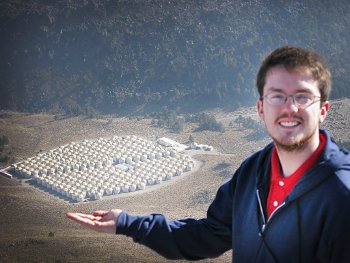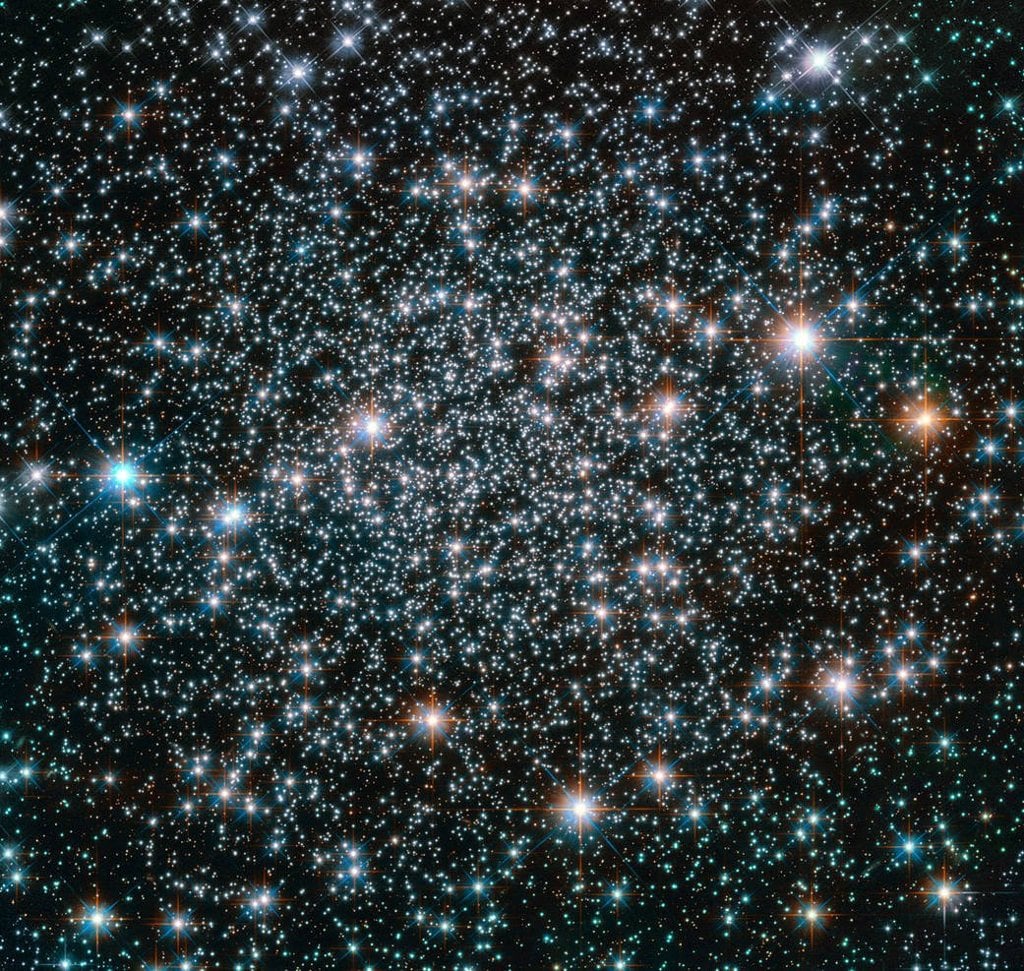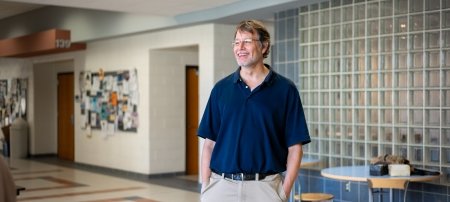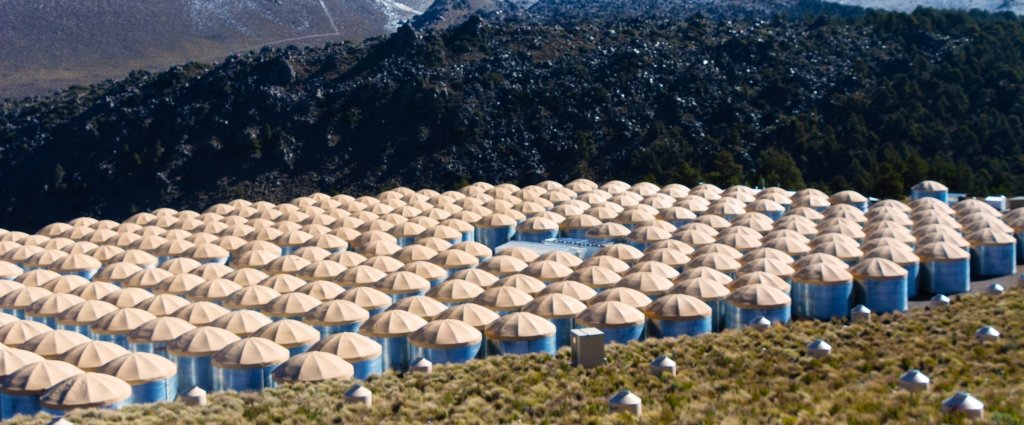Chad Brisbois is one of 53 graduate students in the US to earn a place in the Department of Energy's Office of Science Graduate Student Research (SCGSR) Program.
Brisbois, a physics PhD candidate at Michigan Technological University, is heading to the Los Alamos National Laboratory for several months later this year as part of the DOE program. He will be collaborating with researchers who run a specialized gamma-ray observatory called the High Altitude Water Cherenkov (HAWC) in Mexico.
For his PhD thesis, Brisbois analyzes binary systems where a compact object, such as a black hole or a neutron star, orbits a massive star. They emit periodic electromagnetic radiation in sync with their orbital motion—however, high-energy emissions, specifically called TeV gamma-ray emissions, are rare. For example, out of the billions of stars in the Milky Way Galaxy, researchers only know of five binary systems with such high-energy emissions.
"Part of the challenge to their detection is performing observations over a long enough period to detect their variability, which can range from days to decades," Brisbois says.
Due to the regularity and high energy of the emission from these gamma-ray binaries, they are natural laboratories to test Lorentz Invariance, a basic assumption on which relativity theory is based.

"The HAWC observatory is one of very few instruments capable of observing these periodic sources for their entire period," says Petra Huentemeyer, an associate professor of physics at Michigan Tech and Brisbois' adviser. " The Michigan Tech gamma-ray group, to which Chad and I belong, is an institutional member of the HAWC collaboration."
Through the DOE's SCGSR Program, Brisbois will be able to help upgrade the HAWC observatory and continue to refine binary system detection. He will join the ranks of other DOE-funded graduate students pursuing research at national laboratories.
“The SCGSR program prepares graduate students for science, technology, engineering, or mathematics (STEM) careers critically important to the DOE Office of Science mission,” says Steve Binkley, acting director of DOE’s Office of Science. “We are proud of the accomplishments these outstanding students have already have made, and look forward to following their achievements in years to come.”
Michigan Technological University is an R1 public research university founded in 1885 in Houghton, and is home to nearly 7,500 students from more than 60 countries around the world. Consistently ranked among the best universities in the country for return on investment, Michigan's flagship technological university offers more than 185 undergraduate and graduate degree programs in science and technology, engineering, computing, forestry, business, health professions, humanities, mathematics, social sciences, and the arts. The rural campus is situated just miles from Lake Superior in Michigan's Upper Peninsula, offering year-round opportunities for outdoor adventure.






Comments